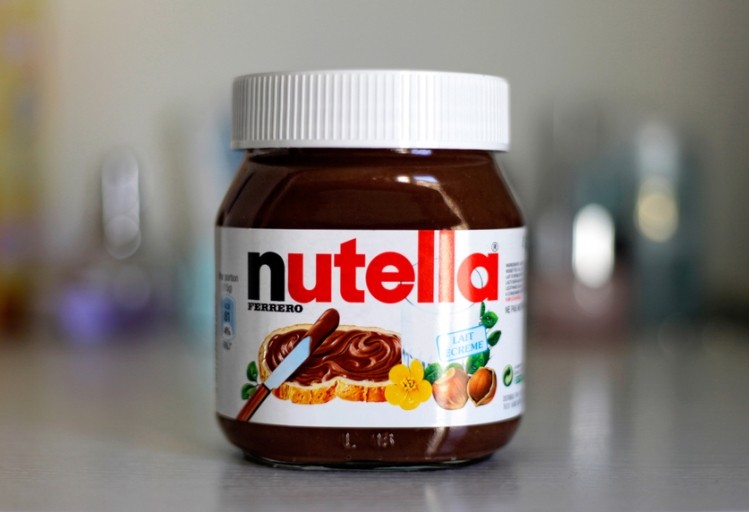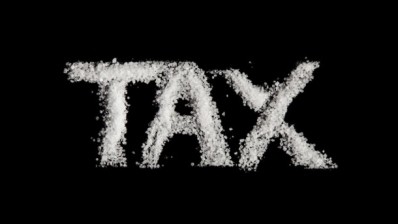Nutritionists dispute relevance of sugar levels in chocolate spreads following report

Today’s report by the Action on Sugar (AOS) network, a UK pressure group working to reduce sugar intake in the public diet, reveals high levels of sugar in chocolate spreads and jams.
Based in London, AOS has led the charge against free sugars (added sugars not occurring naturally in products) since 2014, mounting pressure on industry to begin reformulating products and on the government to enforce penalties where self-regulation does not occur.
Survey details
In a survey of 272 sweet spreads including jams, marmalades and chocolate spreads, Queen Mary University London - who conducted the study with AOS - found vast levels of free sugars in the majority of products.
Two thirds of surveyed chocolate spreads, for example, contained an average 10 g sugar per 20 g serving, with 57 teaspoons of sugar per jar.
AOS accuses many brands of misleading labelling – Nutella, for example, is marketed as a ‘hazelnut spread’ despite containing four times more sugar than hazelnuts.
The Women’s Institute’s ‘Fine Cut English Breakfast Marmalade’ was the product with the highest sugar content surveyed, containing 71 g sugar per 100 g of marmalade.
Reactions
AOS has reiterated its calls for industry regulation, saying lawmakers should ‘get tough’.
Supermarket Tesco announced it would be cutting sugar content in its private label chocolate spreads. “We’re committed to helping our customers live healthier lives with initiatives such as free fruit for kids in our stores, reducing the sugar content of our soft drinks and removing sweets from our checkouts.”
Ferrero, which makes Nutella, said its spreads are to be enjoyed as part of a varied diet, with clear labelling recommendations for small servings and advertising “always aimed at adults, never at children”.
Chairman of AOS and professor of cardiovascular medicine Graham MacGregor however accused companies of intentionally targeting children, saying such companies should “consider their ethical and corporate responsibility. They should immediately stop this misleading marketing and ensure that they go well beyond the 20% sugar reduction that Public Health England is calling for, as there are already identical spreads that contain far less sugar.”
'Panic on a plate?'
Rob Lyons, science and technology director at the Institute of Ideas - a London based think tank - and author of ‘Panic on a Plate: How Society Developed an Eating Disorder’, took a different line, telling FoodNavigator: “Action on Sugar regularly produces such ‘shock horror’ stories, but jams and chocolate spreads are supposed to be sweet.
"Jams traditionally rely on high sugar levels as a preservative. Only by comparison with the government’s baseless target for sugar consumption – just 5% of calories – can these figures seem shocking. Such scaremongering has been aided and abetted by government policy. The only result will be more pressure on manufacturers to produce foods that are less enjoyable than before.”
Nutritionist Dr. Carrie Ruxton, who has often been a supporter of sugar reduction, agreed that the focus on spreads is largely misguided, saying:
"While it is always good to make clear to consumers the sugar content of products, I'm not convinced that sweet spreads make a large contribution to sugar intakes. It is also difficult to reformulate these products due to the role that sugar is playing in terms of bulk and microbiological safety.
“Perhaps it is better to target portion sizes, as I understand that the recommended serving size for Nutella is 15 g, not the amounts presented by Action on Sugar. If people used the correct amount, they would consume 81 calories and 8.5 g of sugar which is comparable to toast and jam, or a breakfast cereal with milk.”
























